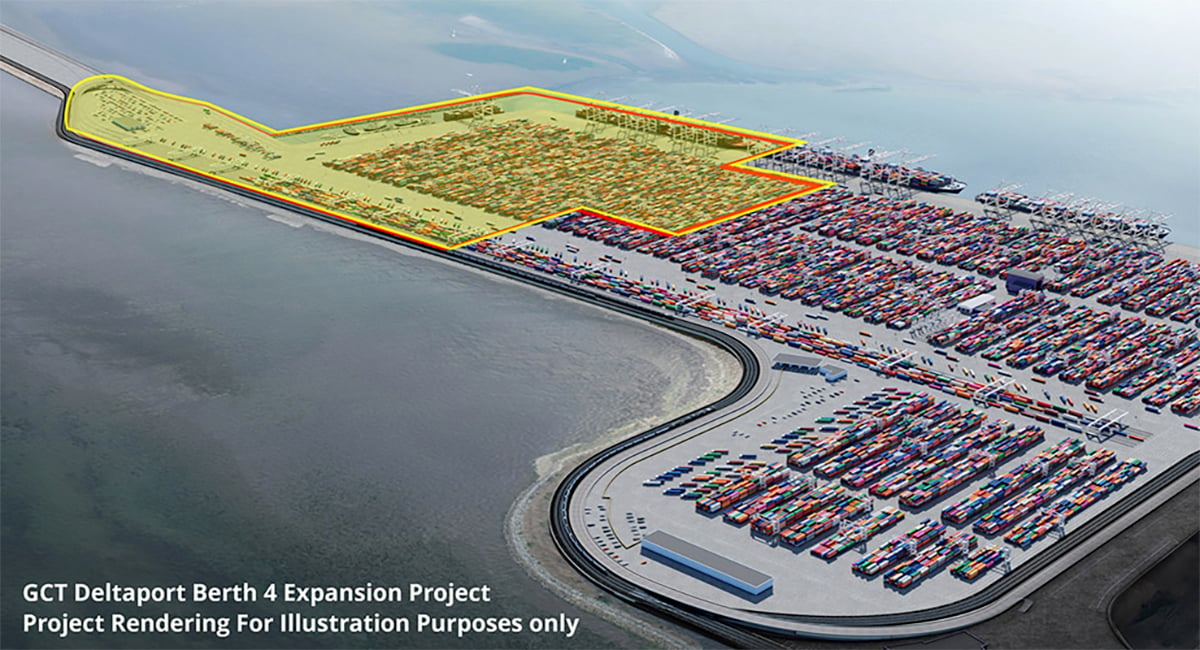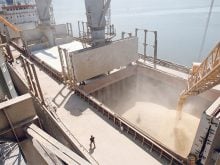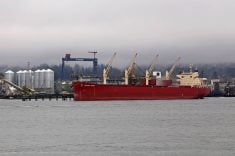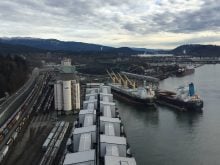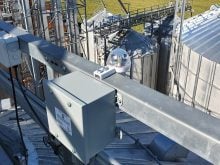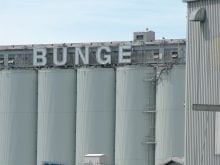UPDATED – October 23, 2025 – 1525 CST to include comments from the Vancouver Fraser Port Authority.
SASKATOON Rival container terminal projects are causing friction at the Port of Vancouver.
The Vancouver Fraser Port Authority is promoting Roberts Bank Terminal 2 (RBT2), which would be the port’s fifth container terminal and increase its capacity by 50 per cent.
Read Also
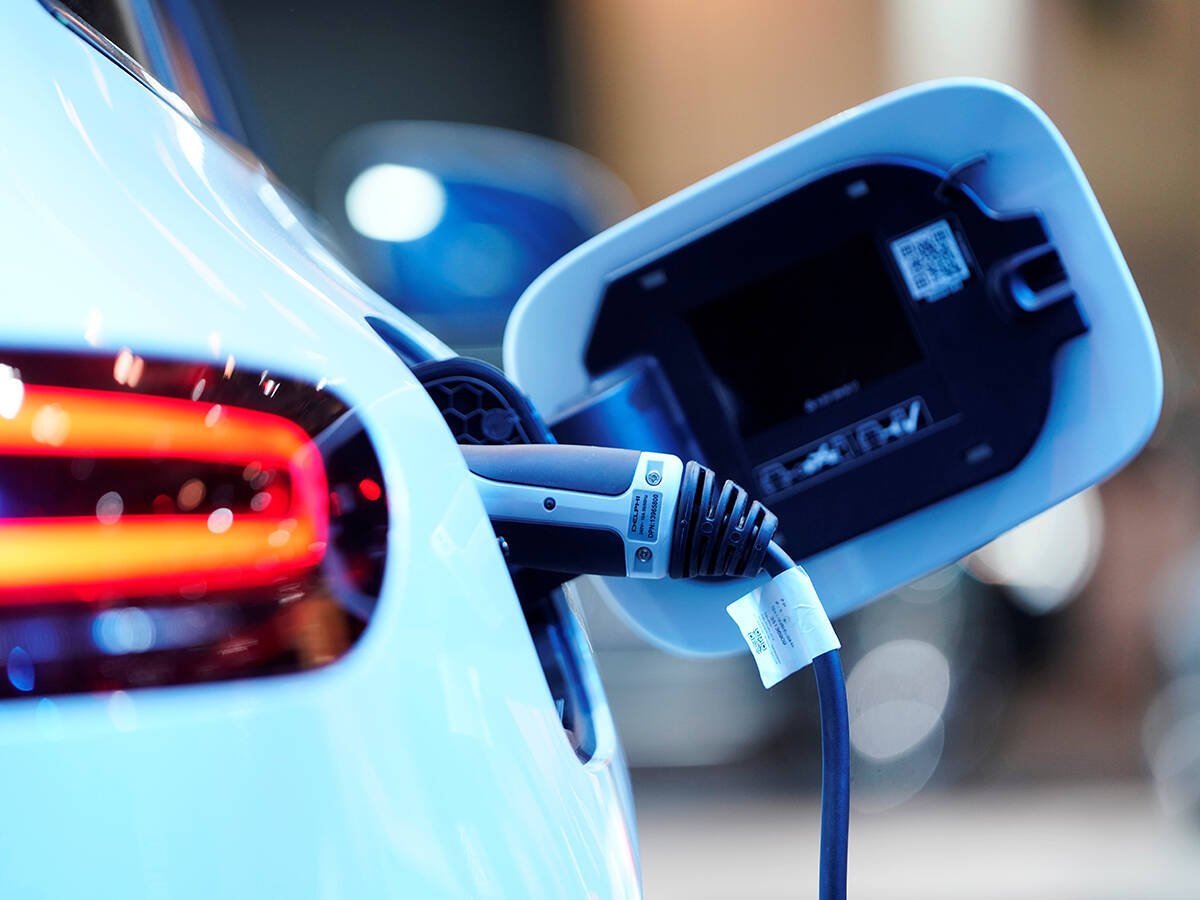
Why feds imposed EV tariffs
Moe and Kinew have a fight on their hands when it comes to eliminating the EV tariff. Canada has to worry about pissing off the U.S. and Mexico and hundreds of thousands of auto workers.
Meanwhile, Global Container Terminals (GCT) wants to expand its existing GCT Deltaport terminal at Roberts Bank by building a fourth berth.
“We believe there is only really a need and a business case for one project,” said Marko Dekovic, vice-president of public affairs with GCT.
He said the port authority is a landlord and should be leaving development projects to its tenants.
GCT Deltaport is already Canada’s largest container terminal. The expansion would provide an additional two million 20-foot-long storage containers per year to the existing terminal.
RBT2 would add another 2.4 million containers by comparison.
GCT is owned by the Ontario Teachers’ Pension Plan, British Columbia Investment Management Corp. and IFM Investors, an Australian pension fund.
GCT also owns the GCT Vanterm container terminal in Burrard Inlet.
The company spent $180 million in 2010 adding the third berth to its Deltaport terminal. That was a joint project with the port authority.
However, it is a different story this time around with the proposed fourth berth.
“As we advanced it, we encountered a challenge from our own port authority,” said Dekovic.
The firm applied through the port’s project permitting process.
“They refused to even look at it because they said they’re advancing their own terminal 2 project,” he said.
The Vancouver Fraser Port Authority said in 2022 the Federal Court of Canada conclusively rejected GCT’s claims that the port was biased in pursuing RBT2 over GCT’s project.
“The court recognized that we have a unique function under the Canada Marine Act to purse the project we consider to be in the best interest of Canada’s trade needs,” the port said in an email.
“In addition, the court stated that: ‘In the end, insinuations are not reality and asserting them does not make it so.'”
The port also noted that a federally-appointed independent review panel validated the port authority’s assessment that RBT2 is the most technically and economically feasible solution to meet Canada’s long-term container capacity growth needs.
Devan Fitch, program director for RBT2, said he can’t comment on GCT’s single berth
expansion project.
“What I can say is that Roberts Bank Terminal 2 is a transformational, nation-building three-berth terminal project that is set to build new industrial land, unlock $100 billion of container trade capacity annually, and create tens of thousands of jobs,” he said in an email.
“The project is also at a unique state of readiness it already has federal and provincial environmental approvals secured, consent from 27 First Nations, and permitting and construction contractor procurement processes are well underway. It is the only project that can unlock Canada’s Indo-Pacific trade opportunity on the scale and timeline that is required.”
GCT decided to circumvent the port’s permitting process. In 2019, the federal government enacted the Impact Assessment Act, which offered an alternative environmental assessment process without having to go through the port authority.
GCT is about halfway through that “long, complex and demanding” process.
The company recently submitted its project to the federal government’s new Major Project Office, which expedites the permitting process for projects that make its Projects of National Interest List.
Dekovic said the GCT project checks all the boxes. It is majority Canadian owned, would strengthen Canada’s supply chains, drive private-sector investment and secure the country’s position as a global trade leader.
As well, it would do so at half the cost per container capacity of the RBT2 project because GCT is building off existing infrastructure and in shallower water.
That means it will keep the cost of importing and exporting containers lower, making Canadian goods more competitive on the world stage.
The port noted that the RBT2 project will provide three additional berths, and berth availability is a key consideration for shipping lines.
“It will also be located in deep, subtidal waters west of the Roberts Bank causeway to avoid the sensitive shorebird stopover habitat area east of the causeway, while accommodating the largest modern container ships,” the port said in its email.
If the GCT project makes the Major Project Office’s list, it will shorten that project timeline by about three years. The original timeline is for phase one of the project to be completed by about 2032 and phase two by 2035.
Phase one would involve developing the area directly behind the existing third berth. That would add about 800,000 containers of extra capacity. Phase two would deliver the remaining 1.2 million containers.
The port authority is projecting that container demand is going to outstrip supply before its RBT2 project is estimated to be completed in the mid-2030s.
“There’s going to be a few years where you’re going to start to see some supply chain capacity constraints, which is unfortunate,” Fitch recently told the Western Producer.
Dekovic said that is nonsense. He noted that 50 per cent of the containers that leave the port are empty.
“The largest export in Canada is air,” he said.
Dekovic said it is not helpful to have the port authority scaring away customers by saying the port is going to be congested when that is not the case.
The port authority recently announced that it has begun the process of selecting the construction company that will build the land mass on top of which the RBT2 terminal will be built. It expects to have a final candidate selected by mid-2026.
Dekovic is confused how the port authority can build a land mass without having a terminal operator in place.
“It would be like the government building a car factory in Toronto and not knowing which car manufacturer will build cars there,” he said.
Dekovic said the port authority has twice gone to the market to find a terminal operator.
“Twice the market has rejected it,” he said.
“Nobody bid on it.”
The port said it plans to select the operator that will build, equip and operate the RBT2 terminal in the late 2020s.
“We know that terminal operators are interested in the future terminal based on our conversations with them,” said the port.


